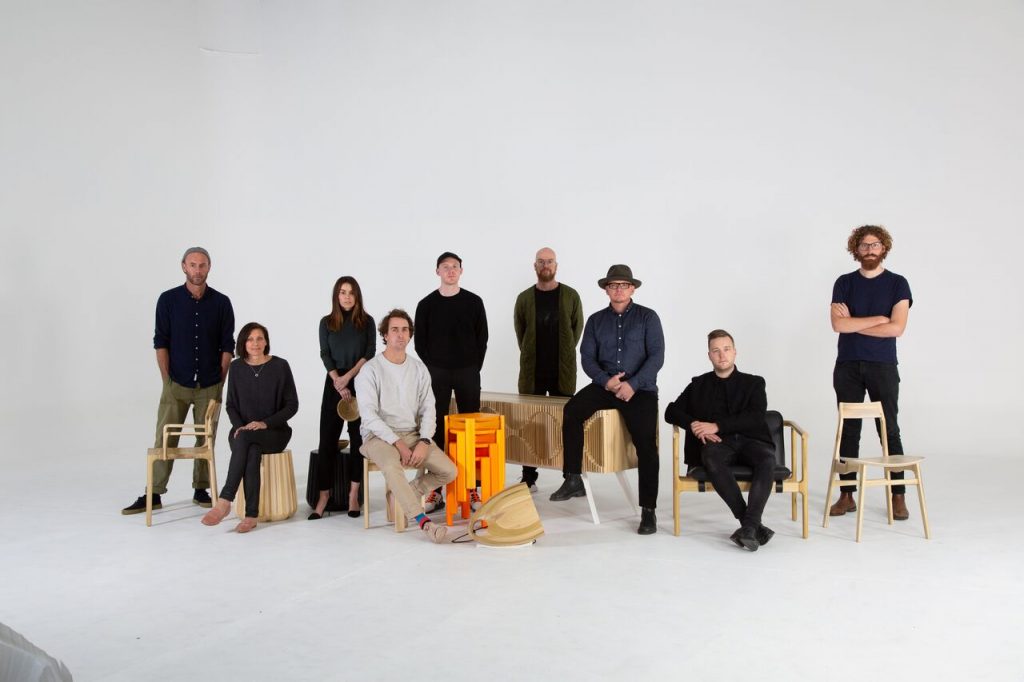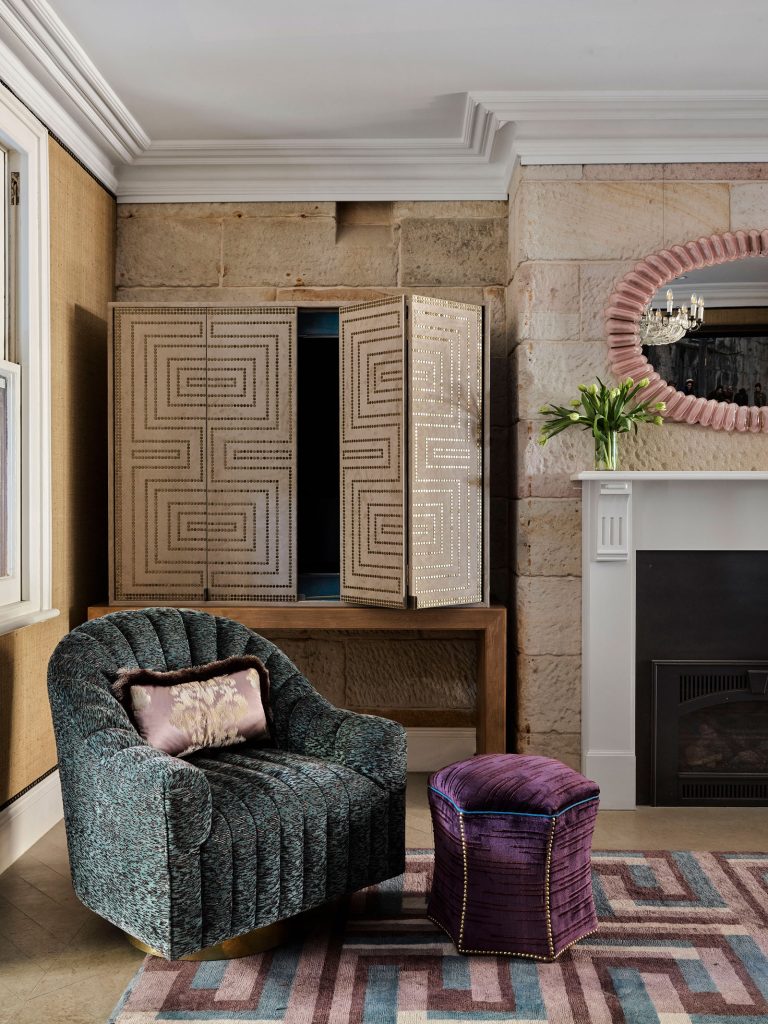
Eight Australian Designers Addressing Sustainable Design
Sustainability is a concern for any designer working with timber, so when the American Hardwood Export Council (AHEC) challenged eight of Australia’s most highly regarded designers to reimagine one of their designs using the sustainable timber tulipwood, they rose to the occasion.
The resulting pieces will be on display as an installation titled Replaced in Melbourne at Denfair, from the 14th-16th of June.
Anne-Claire Petre, Adam Goodrum, Adam Markowitz, Coco Reynolds, Dowel Jones, Jon Goulder, Ross Gardam and Tom Skeehan all contributed to the exhibition, taking one of their most well-loved pieces and making it in tulipwood. Tulipwood is used frequently in Europe but is, so far, little-known in Australia. A unique American hardwood species, it is favoured for its lightness, straight grain and range of colour from blonde to brown – at times even purple and green. While it is an easy timber to work with from a woodworking perspective, it proved a challenge from a design viewpoint as its natural variations in colour are very different for the Australian preference for uniform timber.
A major benefit of tulipwood is that the US hardwood forests have been sustainably managed for generations, and growth far outstrips harvest. American tulipwood is, in fact, one of the most prolific hardwoods, and in the US net volume (after harvest) is increasing by 19.7 million cubic metres a year. As part of the Denfair installation Replaced, the timber used, energy input and waste produced was meticulously recorded. The designers kept waste to a minimum by working with the natural variation in colour, and the lightness of the timber reduced energy in the export from the US to Australia. The data collected enabled AHEC to measure the exact Life Cycle environmental impact of every design in the collection. Calculations based on this data have shown that the tulipwood used in the collection would be replaced in the forest in less than one second.
For Anne-Claire Petre, ‘it is our role as designers to educate the public about better design and sustainability and emphasise why it is critical to our economy, to our planet and to people. Using sustainable timbers in furniture is the least we can do’. Rod Wiles, Regional Director of AHEC agrees: ‘The main responsibility of a designer is surely to create a living environment in which we can feel comfortable, feel happy and are able to thrive. Making the world a more beautiful place should however never come at the cost of the world itself’.
Working with the colour variation inherent in this species was an interesting challenge for the designers. Adam Goodrum recreated his Molloy chair, a solid timber piece composed of 8 elements that seamlessly jigsaw together. ‘The Molloy chair components are accentuated by the contrasting grain directions where they meet’, he says. ‘The colour variation in tulipwood gives a further opportunity to emphasise the different elements in the design’. For Jon Goulder, his Glissando Credenza – the original design of which, made in American black walnut, is on display in the National Gallery of Australia’s permanent collection – has taken on ‘a whole new meaning’. Made in tulipwood, the Glissando Credenza becomes ‘capsule of environmentally responsible furniture production and philosophy’, he says.
Replaced is not only an interesting exhibition from an aesthetic perspective, showing the difference the choice of timber can make to a piece, but is an important and timely reminder that sustainability need not come at the expense of beauty. For visitors of Denfair in Melbourne, it will undoubtedly be both fascinating to see the work of such well-known designers reimagined in this way, and thought-provoking in equal measure.

![Book Flatlay Cover Front Transparent Trio[1]](https://d31dpzy4bseog7.cloudfront.net/media/2024/06/07080212/Book_Flatlay_Cover_Front_Transparent_Trio1.png)


































